1、 Clarify application requirements
Clarifying the application requirements is a crucial step when selecting industrial transmission devices. This includes a deep understanding of the required power, torque, speed, accuracy, reliability, and working environment.
Required power and torque: Determine the power and torque required to be transmitted by the transmission device based on the load capacity and operating requirements of the equipment. For heavy-duty applications, it is necessary to choose a transmission device that can withstand high torque, such as gear transmission or gearbox. At the same time, for applications that require high power output, transmission devices with high transmission efficiency should be selected to reduce energy loss.
Speed range: The operating speed of the equipment has a direct impact on the selection of the transmission device. For applications that require high-speed operation, such as machine tool spindles, a transmission device with high speed and good lubrication should be selected to ensure smooth operation and reduce wear. For applications that require low-speed heavy load, such as mixers, a transmission device with a large transmission ratio and strong load-bearing capacity should be selected.
Accuracy requirements: For applications that require high-precision transmission, such as precision machining equipment, transmission devices with high precision and stability should be selected. Gear transmission is commonly used in such applications due to its compact structure and high transmission accuracy. In addition, the rigidity and deformation resistance of the transmission device should also be considered to ensure high accuracy during long-term operation.
Reliability: The running time and reliability requirements of the equipment are also important factors to consider when selecting the transmission device. For applications that require long-term continuous operation, such as conveyors on production lines, transmission devices with longer service life and lower failure rates should be selected. At the same time, the maintainability and replaceability of the transmission device should be considered in order to quickly repair it in the event of a malfunction.
Working environment: The working environment in which the transmission device is located also has a significant impact on its selection. For applications operating in high temperature or corrosive environments, transmission devices that can withstand these environmental conditions should be selected. The dustproof and waterproof performance of the transmission device should also be considered to ensure normal operation in harsh environments.
2、 Understand the types of transmission devices
There are many types of industrial transmission devices, each with its unique advantages and applicable scenarios. Understanding these types and their characteristics can help in better selecting transmission devices suitable for specific applications.
Gear transmission: Gear transmission is a widely used transmission method in the industrial field. Its compact structure, high transmission efficiency, and strong load-bearing capacity are suitable for applications with high precision, high torque, and high-speed transmission. There are various types of gear transmission, such as spur gears, helical gears, bevel gears, etc., which can be selected according to specific application needs. For example, spur gears are suitable for high-speed transmission, while helical gears can better withstand heavy loads and impacts.
Belt drive: Belt drive is a transmission method that transfers power from the drive shaft to the driven shaft through a belt. Its structure is simple, easy to maintain, and the transmission is smooth, suitable for long-distance transmission and applications that require buffering and shock absorption. There are various types of belt drives, such as flat belts, V-belts, synchronous belts, etc., which can be selected according to specific application scenarios. For example, synchronous belts have precise transmission ratios and small return errors, making them suitable for applications that require high-precision transmission.
Chain drive: Chain drive is a transmission method that transfers power from the drive shaft to the driven shaft through a chain. It has high load-bearing capacity, high transmission efficiency, and wear resistance, making it suitable for applications under high loads, high speeds, and harsh environments. There are various types of chain drives, such as roller chains, toothed chains, etc., which can be selected according to specific application needs. For example, roller chains are suitable for heavy-duty and high impact applications, while toothed chains have higher transmission accuracy and stability.
Hydraulic transmission: Hydraulic transmission is a transmission method that transmits power through a liquid medium. Its smooth transmission, continuously variable speed, overload protection and other characteristics make it an ideal choice for applications with high load, starting overload and high transmission requirements. There are various types of hydraulic transmission, such as hydraulic couplings, hydraulic torque converters, etc., which can be selected according to specific application needs. For example, hydraulic couplings are suitable for applications that require smooth start-up and overload protection, while hydraulic torque converters have higher transmission efficiency and speed range.
Cycloid needle gear transmission: Cycloid needle gear transmission is a transmission method with high transmission accuracy and stability. Its compact structure, constant transmission ratio, and smooth operation are suitable for scenarios requiring high speed and high precision. Cycloid needle gear transmission is widely used in machine tools, automation equipment and other fields, which can improve the machining accuracy and operating efficiency of equipment.
Reducer: A reducer is a transmission device used to reduce speed and increase torque. It has a compact structure, high transmission efficiency, and strong load-bearing capacity, and can be selected according to different types and stages as needed. There are various types of reducers, such as planetary reducers, worm gear reducers, gear reducers, etc., which can be selected according to specific application needs. For example, planetary gearboxes have high precision and high load-bearing capacity, suitable for precision transmission and heavy-duty applications; Worm gear reducers have larger transmission ratios and smaller return errors, making them suitable for applications that require high-precision transmission and larger transmission ratios.
3、 Taking into account the selection factors comprehensively
When choosing industrial transmission devices, multiple factors need to be considered comprehensively to ensure the selection of the most suitable transmission device type for a specific application.
Transmission efficiency: Transmission efficiency is one of the important indicators for measuring the performance of transmission devices. Choosing a transmission device with high transmission efficiency can reduce energy consumption and heat generation, and improve the overall efficiency of the system. When choosing, attention should be paid to factors such as friction loss and leakage loss of the transmission device, and a transmission device with low friction and low leakage characteristics should be selected.
Accuracy requirements: For applications that require high precision, such as precision machining equipment, automated production lines, etc., transmission devices with high precision and stability should be selected. When choosing, attention should be paid to factors such as manufacturing accuracy, assembly accuracy, and transmission ratio accuracy of the transmission device, and a transmission device with high-precision transmission and good stability should be selected.
Load capacity: Load capacity is one of the important indicators for measuring the load-bearing capacity of transmission devices. When selecting, the transmission device that can withstand the required torque and power should be chosen based on the load capacity and operating requirements of the equipment. At the same time, the overload capacity and durability of the transmission device should also be considered to ensure stable performance during long-term operation.
Speed range: The operating speed of the equipment has a direct impact on the selection of the transmission device. When selecting, the appropriate transmission ratio and transmission mode should be chosen based on the operating speed range of the equipment. For applications that require high-speed operation, a transmission device with high speed and good lubrication should be selected; For applications that require low-speed heavy load, a transmission device with a large transmission ratio and strong load-bearing capacity should be selected.
Environmental conditions: The working environment of the transmission device also has a significant impact on its selection. When choosing, factors such as operating temperature, humidity, and corrosive substances of the transmission device should be considered, and a transmission device that can adapt to these environmental conditions should be selected. For example, applications operating in high temperature environments should choose transmission devices with high temperature resistance characteristics; Applications operating in corrosive environments should choose transmission devices with anti-corrosion properties.
Maintenance requirements: The convenience and cost of maintaining the transmission device are also important factors to consider when choosing. When choosing, attention should be paid to the maintainability and replaceability of the transmission device, in order to quickly repair it in case of failure. At the same time, the service life and maintenance cycle of the transmission device should also be considered to reduce maintenance costs and improve equipment reliability.
Economy: It is also very important to choose a cost-effective transmission device while ensuring performance and quality. When choosing, factors such as the price, service life, and maintenance cost of the transmission device should be comprehensively considered, and the transmission device with high cost-effectiveness should be selected. At the same time, the energy-saving effect and environmental performance of the transmission device should also be considered to reduce energy consumption and minimize the impact on the environment.

 ENG
ENG
 English
English русский
русский Español
Español
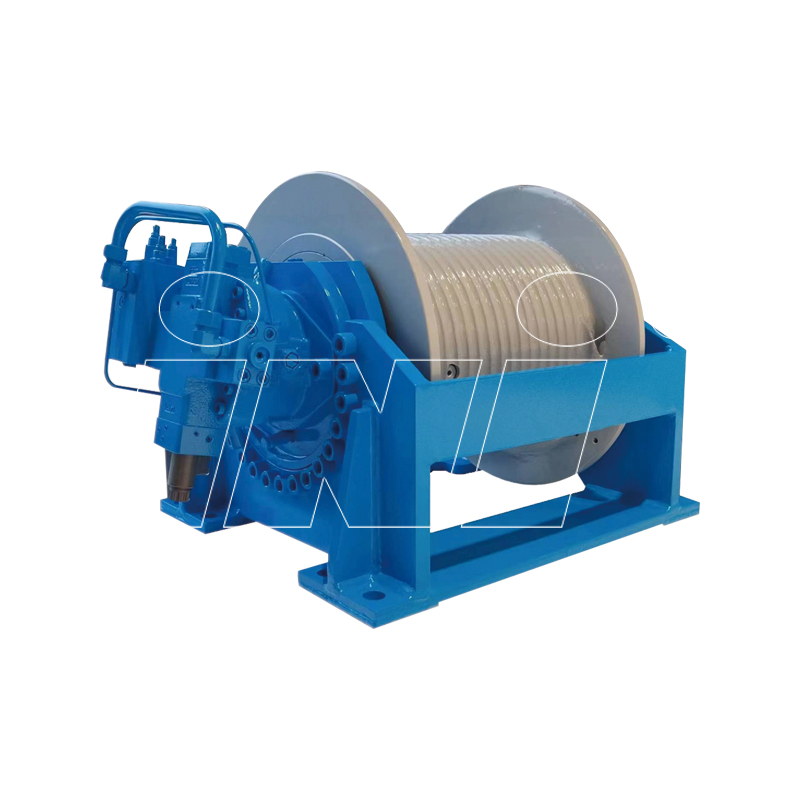
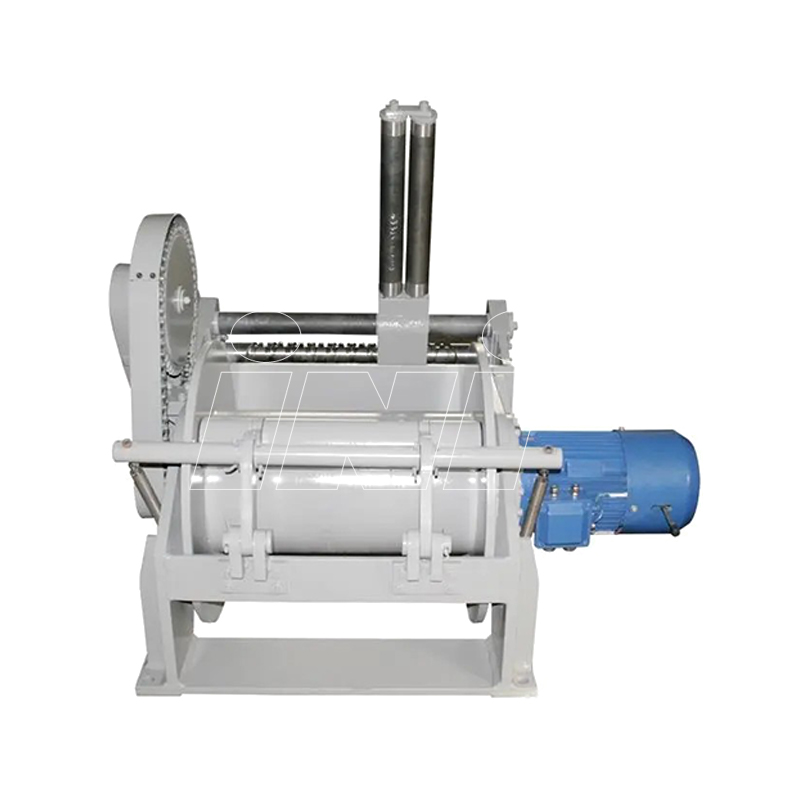
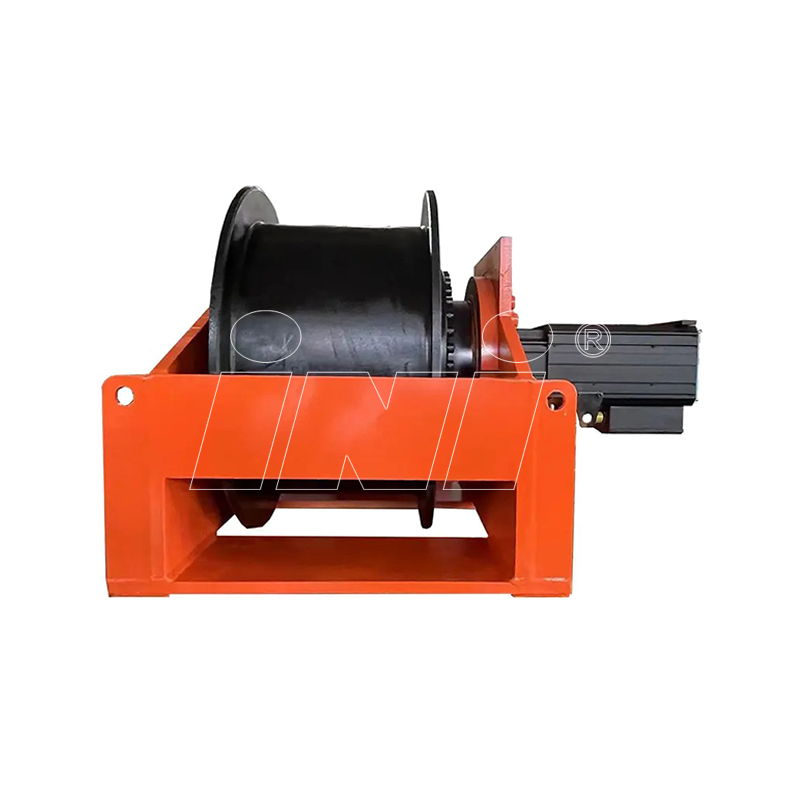

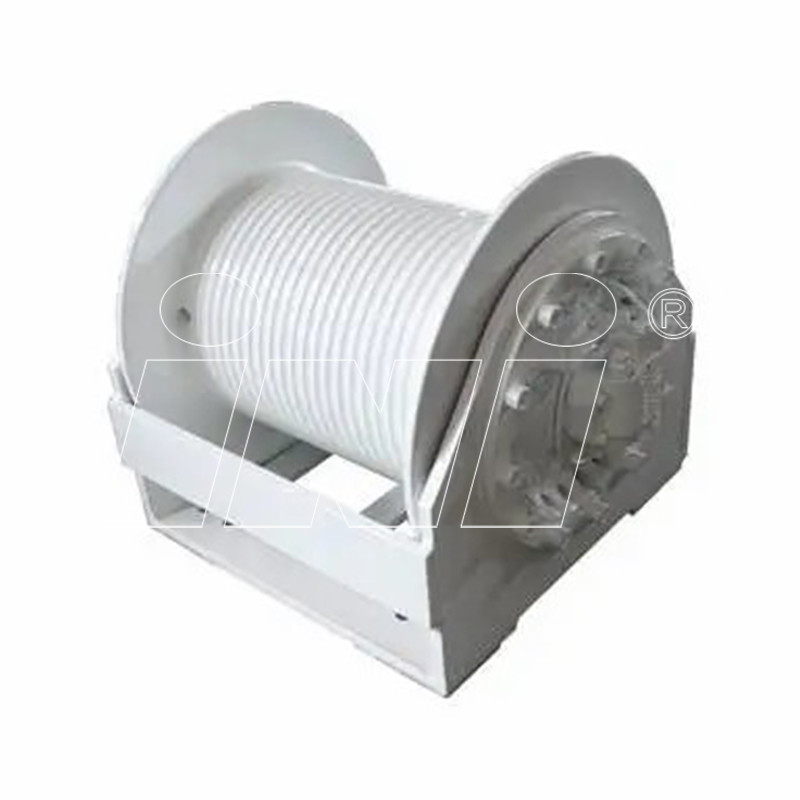
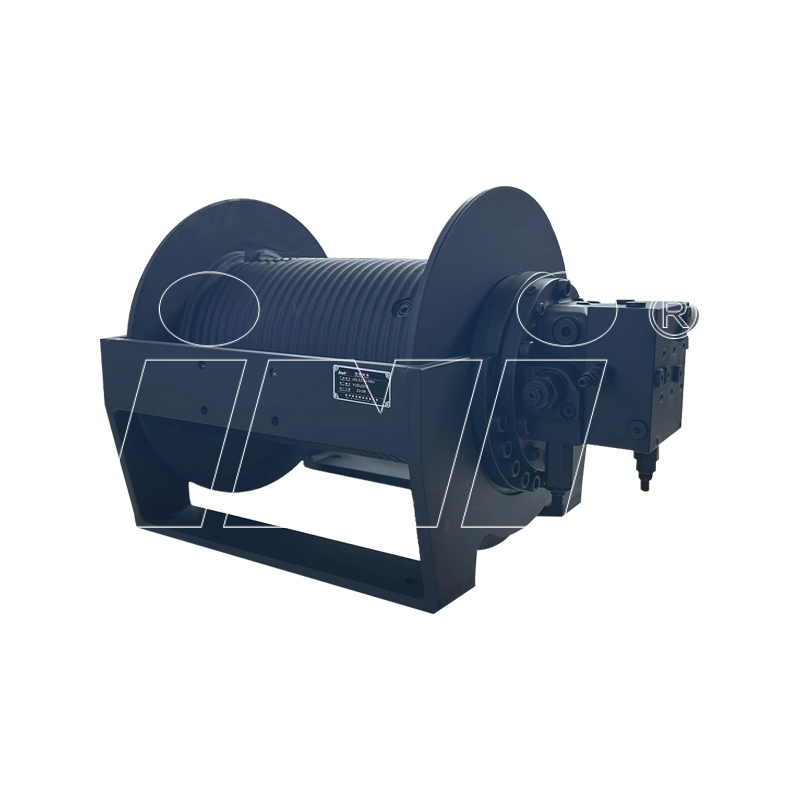
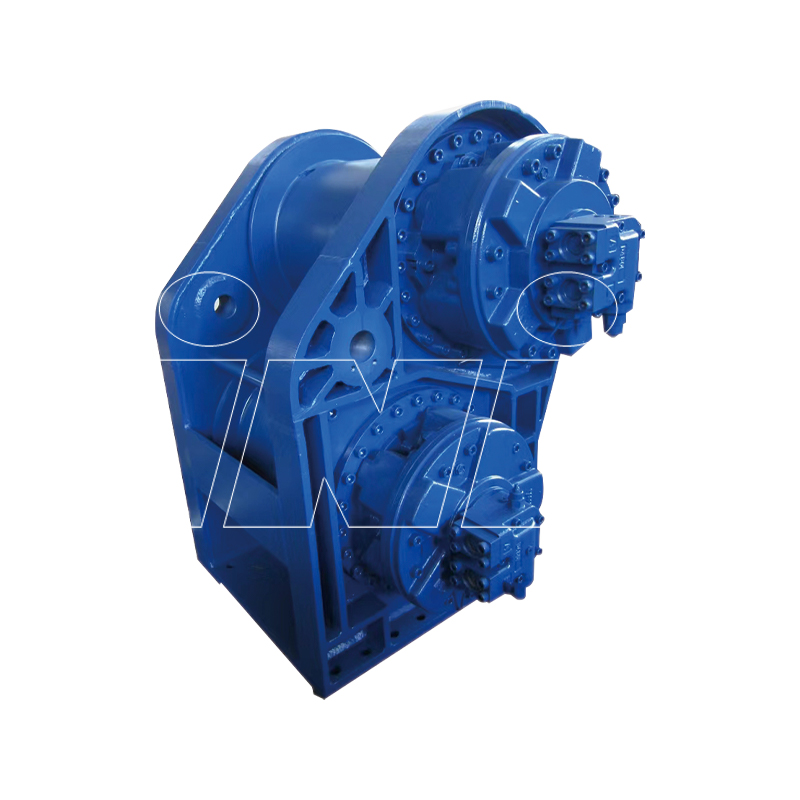

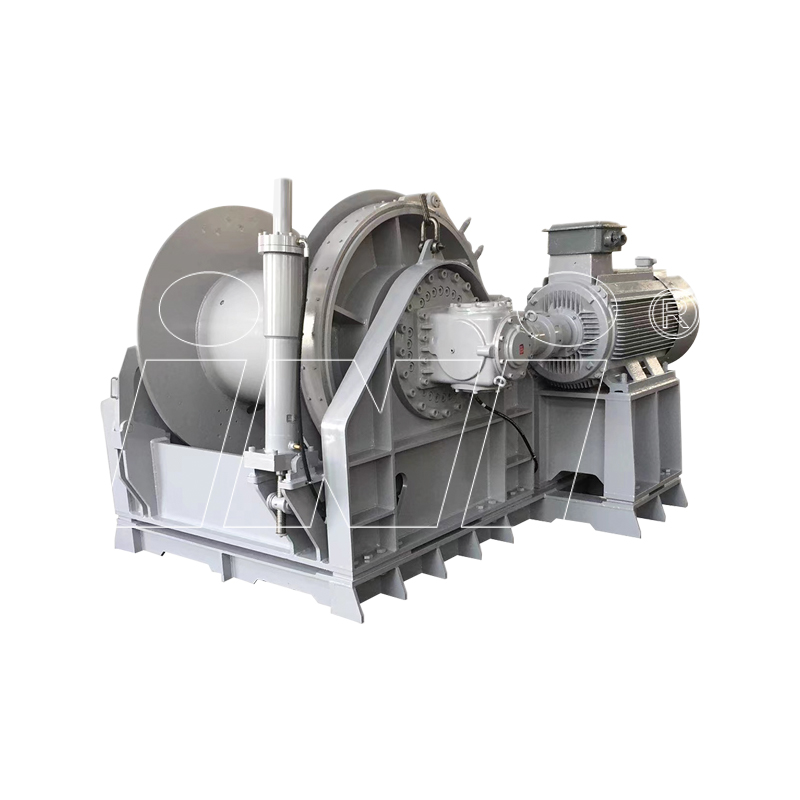





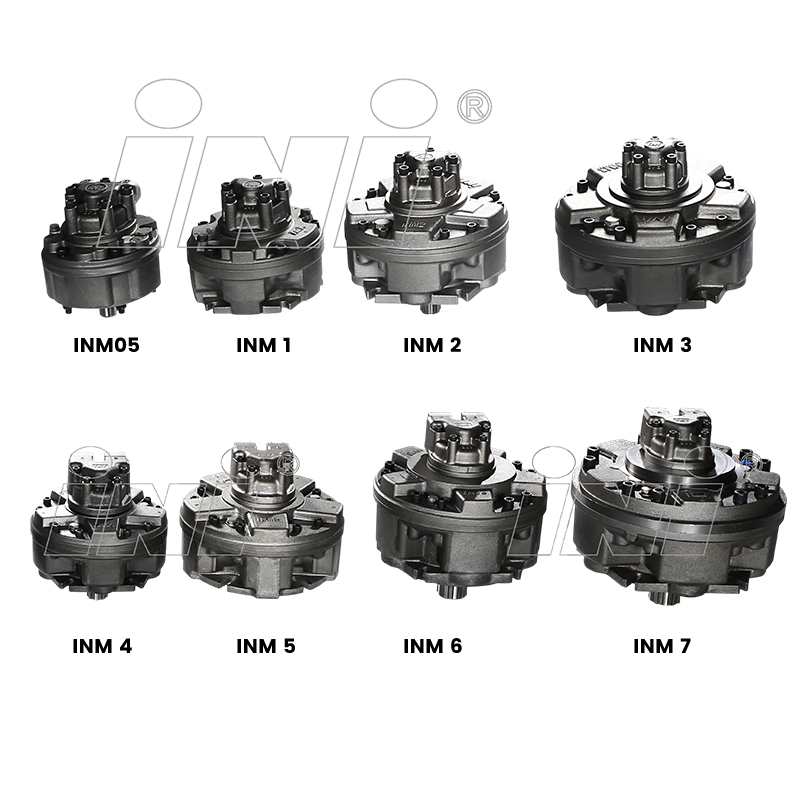

 English
English русский
русский Español
Español
 TOP
TOP